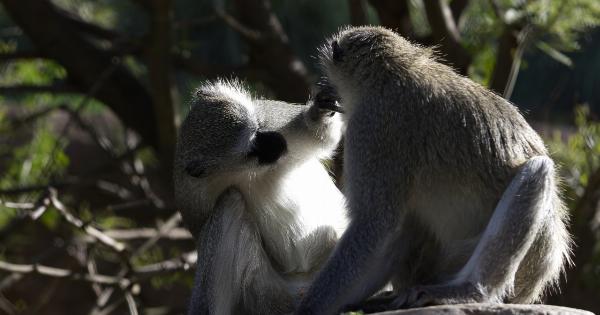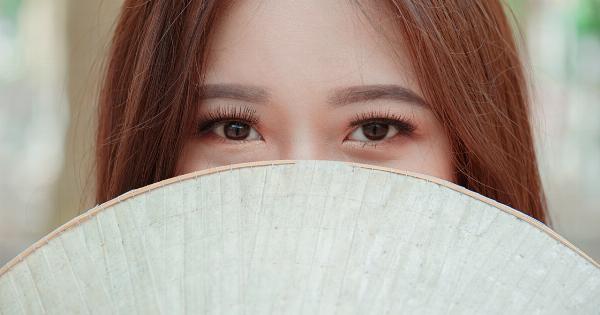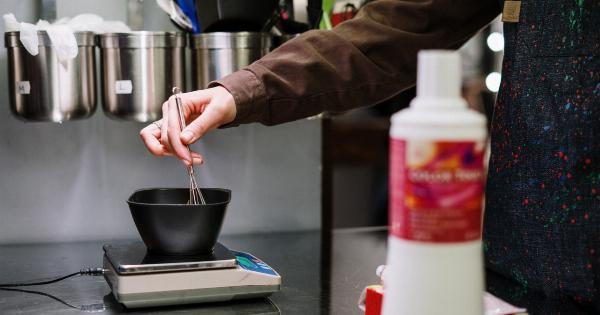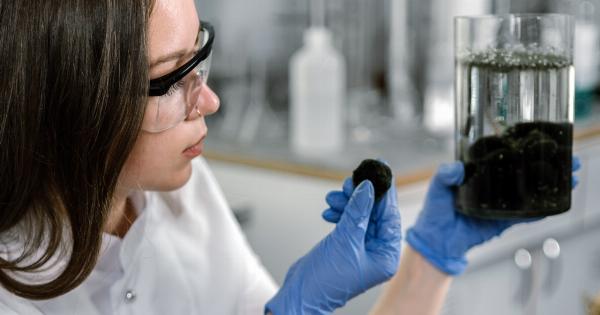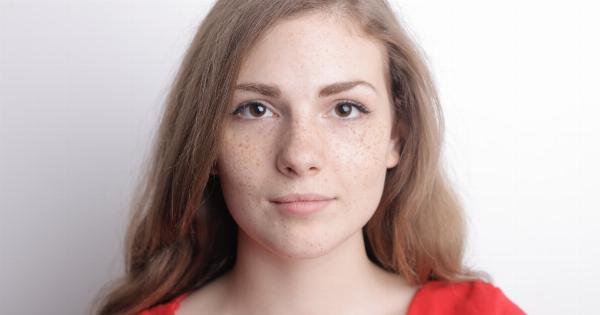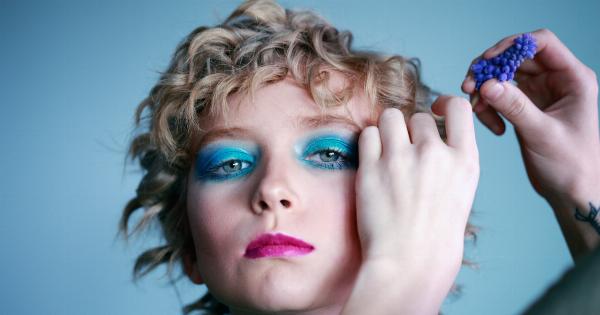Blonde hair has always captivated people’s attention and been the subject of much fascination. Whether it’s natural or the result of hair dye, blonde locks can significantly alter and enhance one’s appearance.
However, for scientists, the question of why some people are born with this unique hair color has remained a mystery for a long time.
The Genetics of Hair Color
Our genes play a crucial role in determining our physical traits, including hair color. Until recently, the genetic basis for blonde hair has been largely unknown.
But a groundbreaking genetic study has shed light on the link between genes and blonde hair.
The Origin of Blonde Hair
Blonde hair is a rare genetic trait that is most commonly found in Northern and Western Europeans. It is estimated that only around 2% of the world’s population is naturally blonde.
The origin of this unique hair color can be traced back to a single genetic mutation that occurred thousands of years ago.
Scientists believe that early humans had predominantly dark hair, but a genetic mutation led to the creation of one of the most distinctive hair colors we know today. The specific gene involved in this mutation is called MC1R (Melanocortin 1 Receptor).
MC1R Gene and the Production of Melanin
The MC1R gene is responsible for producing a protein that regulates the production of a pigment called melanin. Melanin determines the color of our hair, skin, and eyes.
There are two main types of melanin: eumelanin, which gives hair a dark color, and pheomelanin, which gives hair a red or yellow color.
In individuals with the MC1R gene mutation, the production of eumelanin is reduced, resulting in a lower amount of pigmentation in the hair. This leads to blonde hair, as the pheomelanin is not overridden by the production of eumelanin.
The Link between MC1R Gene and Blonde Hair
The groundbreaking study conducted on the genetics of hair color analyzed the genomes of thousands of people from different ethnic backgrounds. The researchers found that variants of the MC1R gene were strongly associated with blonde hair.
Individuals who carried specific variants of this gene were more likely to have naturally blonde hair.
Interestingly, the study also revealed that variants of the MC1R gene were not only linked to blonde hair but also influenced other features such as fair skin, freckles, and light-colored eyes.
This suggests a shared genetic pathway driving multiple traits related to pigmentation.
Evolutionary Advantage of Blonde Hair
Many researchers speculate that the genetic mutation responsible for blonde hair offered some evolutionary advantage to early humans living in Northern and Western Europe.
One theory suggests that lighter hair and fair skin allowed for better absorption of vitamin D in low-sunlight environments.
Another theory proposes that blonde hair evolved as a form of sexual selection, as it is considered a unique and desirable trait. This theory aligns with the fact that blonde hair is more commonly found in women than men and tends to darken with age.
Blonde Hair and Stereotypes
It is important to note that the genetic association between blonde hair and certain traits should not perpetuate stereotypes or assumptions about individuals with blonde hair.
Hair color is just one aspect of a person’s appearance and does not define their personality, intelligence, or abilities.
Blonde individuals have been subjected to various cultural stereotypes throughout history, ranging from notions of beauty to negative associations.
It is crucial to celebrate diversity and appreciate all hair colors without attaching prejudice or judgment.
The Influence of Environment and Other Genes
While the MC1R gene mutation is a significant contributor to blonde hair, it is only part of the story. Environmental factors, such as exposure to sunlight, can also impact hair color by increasing the production of eumelanin.
Additionally, other genes are likely involved in determining the shade and intensity of blonde hair.
Further research is needed to fully understand the complex interplay between genetics and environmental factors in shaping hair color.
Unlocking the Mysteries of Hair Color
The recent genetic study linking the MC1R gene to blonde hair has provided valuable insights into the origins and genetics of this unique hair color.
Scientists continue to explore other genetic variations and environmental factors that contribute to the diversity of hair colors found around the world.
Understanding the genes responsible for hair color not only satisfies our curiosity but also has broader implications in the fields of forensics and human evolution.
The Future of Hair Color Research
As technology advances, genetic studies are likely to discover more genes associated with hair color. Unraveling the complex genetic network behind hair color variations will further enhance our understanding of human diversity.
In Conclusion
Blonde hair has long been a subject of fascination, and now we have a better understanding of its genetic foundation. The MC1R gene mutation plays a significant role in creating blonde hair by influencing the production of melanin.
However, other genetic and environmental factors also contribute to the full spectrum of hair color found in the human population.
Celebrating the diversity of hair colors and rejecting stereotypes associated with them is essential for creating an inclusive and accepting society.
Ultimately, our hair color is just one small part of our overall identity, highlighting the beauty and complexity of human genetic variation.





